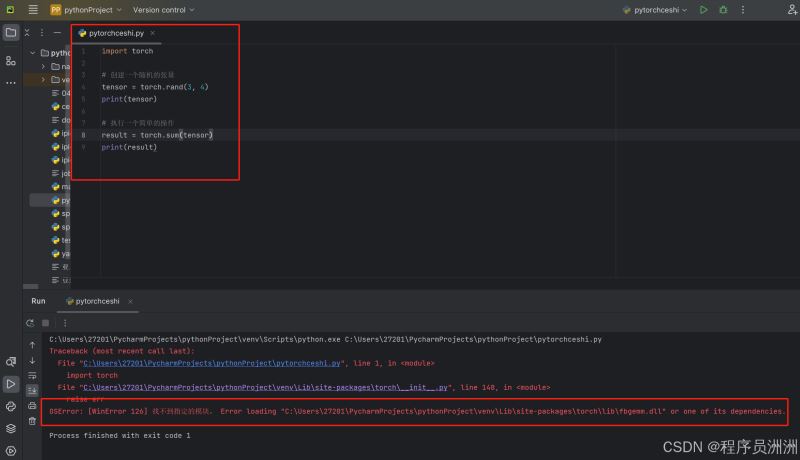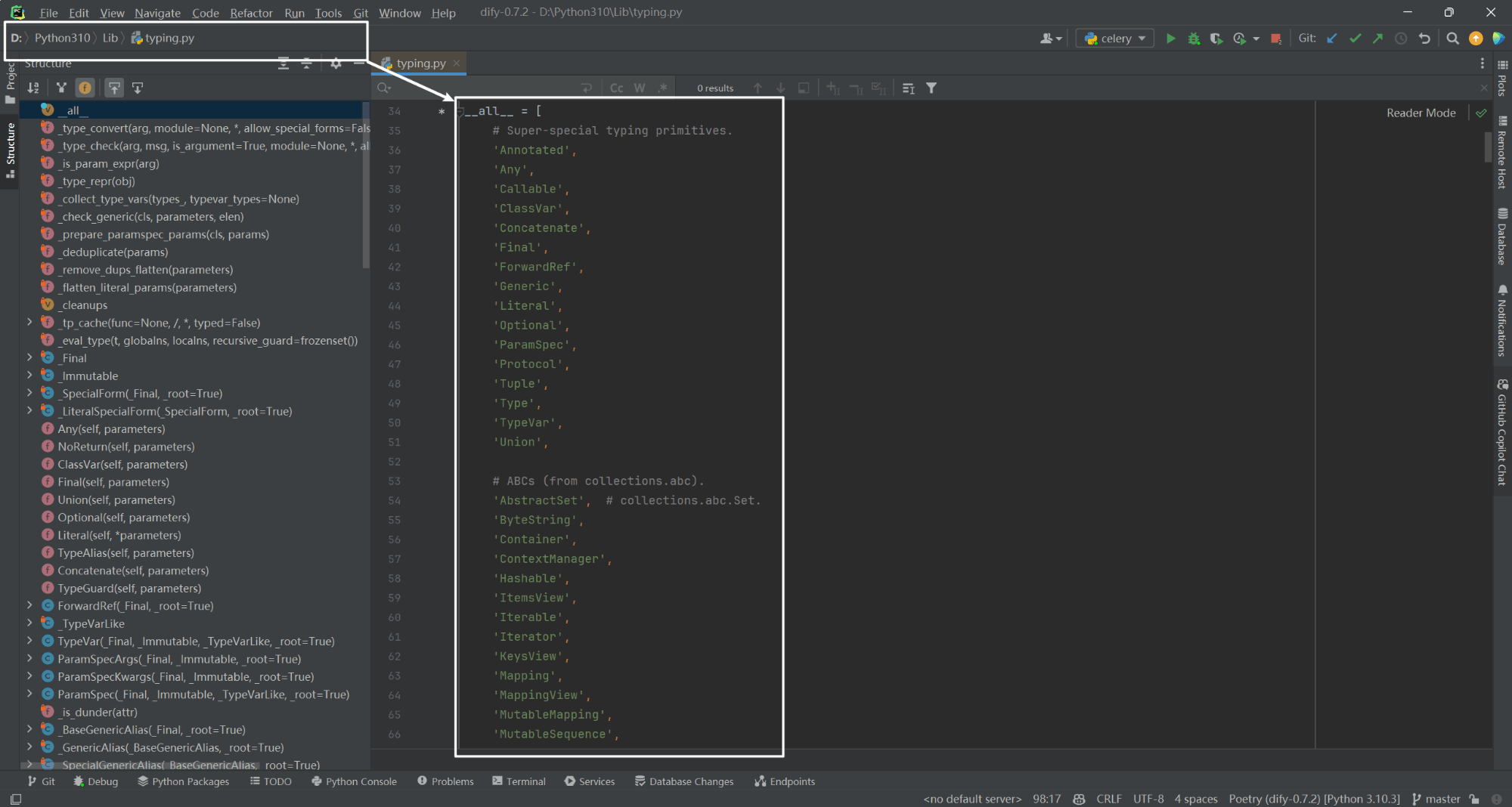Python语言中的重要函数对象用法介绍
高级函数对象 lambda函数 python使用lambda来创建匿名函数。所谓匿名函数,就是不再使用像def语句这样标准的形式定义函数。 1 lambda [arg1,[arg2,...argn]]:expression 使用lambda函数的语法定义函数,需要
|
高级函数对象 lambda函数 python使用lambda来创建匿名函数。所谓匿名函数,就是不再使用像def语句这样标准的形式定义函数。
使用lambda函数的语法定义函数,需要注意以下两点:
定义匿名函数
使用lambda函数实现两数相加
map()函数 map()函数是python内置的高阶函数,会根据提供的函数对指定序列做映射,第一个参数function是个函数对序列中每个元素都调用function函数,返回包含每次function函数返回值的新序列
对列表中每个元素平方
对列表中每个元素加3
两个列表的每个元素实现相加
reduce()函数
使用reduce()函数对列表中的元素进行累加
该计算相当于(((1+2)+3)+4)=10 迭代器 迭代器是访问集合元素的一种方式。迭代器对象从集合的第一个元素开始访问,直到所有元素被访问完结束。迭代器只能往前不能后退。 使用迭代器
自定义迭代器 对于要返回迭代器的类,迭代器对象被要求支持下面两个魔法方法 (1)iter()返回迭代器本身。 (2)next()返回容器的下一个元素的值。 斐波那契数列
自定义迭代器实现斐波那契数列
生成器 生成器是迭代器的一种实现。生成器不会把结果保存在一个系列中,而是保存生成器的状态,在每次进行迭代时返回一个值,直到遇到StopIteration异常时结束。 生成器的好处是延迟计算,一次返回一个结果。它不会一次生成所有的结果,这对于处理大数据量会非常有用。 生成器函数 在函数中如果出现了yield关键字,那么该函数就不再是普通函数,而是生成器函数。 使用yield语句而不是return语句返回结果。yield语句一次返回一个结果,在每个结果中间挂起函数的状态,以便下次从它离开的地方继续执行。 简单的生成器函数
使用生成器函数生成一个含有n个奇数的生成器,使用for语句迭代输出
迭代器同样的效果
使用生成器生成斐波那契数列
装饰器 装饰器本质是一个python函数,它可以让其他函数在不需要做任何代码变动的前提下增加额外的功能,装饰器的返回值也是一个函数对象。 简单的装饰器 先定义两个简单的数学函数
使用装饰器传递参数
基于类的装饰器
|
您可能感兴趣的文章 :
-
PyTorch中torch.no_grad()用法举例
torch.no_grad() 是 PyTorch 中的一个上下文管理器,用于在上下文中临时禁用自动梯度计算。它在模型评估或推理阶段非常有用,因为在这些阶段 -
Python语言中的重要函数对象用法介绍
高级函数对象 lambda函数 python使用lambda来创建匿名函数。所谓匿名函数,就是不再使用像def语句这样标准的形式定义函数。 1 lambda [arg1,[arg -
Flask创建并运行数据库迁移的实现过程介绍
1. 安装必要的包 首先,确保已经安装了Flask以及Flask-SQLAlchemy(用于数据库操作)和Flask-Migrate(用于数据库迁移)。如果尚未安装,可以通过 -
Python中的Popen函数demo演示
1. 基本知识 在Python中,Popen 是 subprocess 模块中的一个函数,它用于创建一个子进程并与其进行通信 subprocess.Popen():Popen 类用于创建和管理子 -
Python获取Excel文件行数的方法
在数据分析和自动化办公领域,Python 因其简洁的语法和强大的库支持而广受欢迎。特别是当涉及到处理 Excel 文件时,Python 提供了多种库来 -
Pycharm中配置使用Anaconda的虚拟环境进行项目开发
一、检查torch环境 今天在一台电脑上跑环境的时候,发现已经装了Pytorch了,但是运行没有用。 提示报错:OSError: [WinError 126] 找不到指定的模 -
python中pywebview框架使用方法记录
pywebview是python的一个库,类似于flask框架,这也是用来构建网页的软件包,它的特点就是不用更多的和html语言和js语言,更多的使用python语言 -
Python报错ValueError: cannot convert float NaN to integer的解
在Python编程中,我们经常需要处理各种数据类型,包括浮点数和整数。然而,有时候我们可能会遇到一些意外的情况,比如将一个包含NaN( -
python创建字典(dict)的几种方法小结(含代码)
字典(Dictionary)是Python中一种非常灵活的数据结构,用于存储键值对(key-value pairs)。在Python中创建字典有多种方法,每种方法都有其特定
-
python批量下载抖音视频
2019-06-18
-
利用Pyecharts可视化微信好友的方法
2019-07-04
-
python爬取豆瓣电影TOP250数据
2021-05-23
-
基于tensorflow权重文件的解读
2021-05-27
-
解决Python字典查找报Keyerror的问题
2021-05-27










